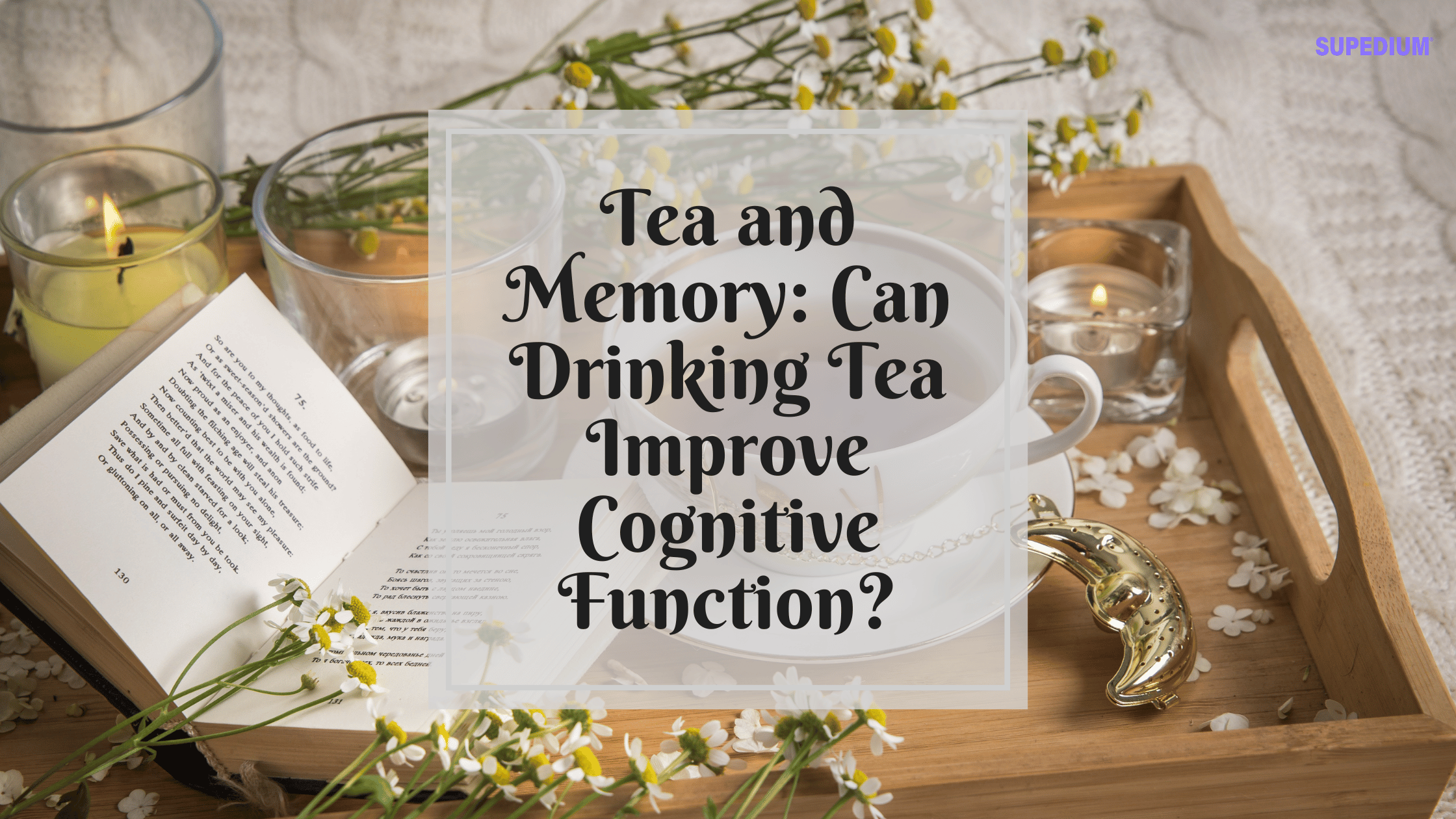![]()
Health Benefits of Tea
Among drinking tea over coffee’s benefits is that the existence of xanthines that provide an advantage that is two-punch: while they relax the entire body, they excite the mind. Methyl-xanthines and xanthines are 62 stimulants found in plant foods. The most usual is caffeine, which can be in tea, and to a degree, in chocolate, cola, coffee. But tea boasts xanthines, including theobromine and theine. All these xanthines, while similar to caffeine, are metabolized more slowly in the body, which will make a milder, longer impact with less of a “crash” compared to just caffeine.
Disease-Fighting Polyphenols
Another advantage in tea is its amounts of polyphenols, the PAC guys who consume away from free radicals that cause tumors to permit the disease to spread to develop, and trigger havoc. The more meals and drinks polyphenols we eat, the greater opportunities our bodies have of fighting free radicals.
Free radicals have been oxidants which are molecules that damage alter DNA, cells and lead to illness. Therefore, antioxidants such as polyphenols are essential to fight with damage and repair cell damage. Polyphenol action through the usage of tea may be an essential benefit in any diet Since many diseases are caused by cellular damage.
All tea, if it’s been processed (oxidized) or not, comprises beneficial and healthful polyphenols. Green and white teas, since they’re not oxidized, can contain higher quantities. Polyphenols have been shown to enhance the standing of oxidative stress biomarkers (that the predictors of disease risk). Understanding these anti-inflammatory workhorses work is the learning curve for both scientists. Various studies have proven signs that polyphenols might improve oral and bone health and might help us combat osteoporosis, cancers, disorders, diabetes mellitus, and some diseases.
Health-Giving Flavonoids
Polyphenols contain compounds known as flavonoids that offer tannins and action which bring about the taste of this tea notably its astringency. A degree of a single kind of flavonoids, catechins, look in teas and quantities in teas and tiny quantities in tea. Catechins are deemed antioxidants and maintain the most promise for combating cancer and heart disease. Catechins look in Camellia sinensis in tiny amounts in chocolate and wine, grapes, and all kinds of tea. The abundant catechins in teas, especially green teas, are split into seven distinct groups: catechin, epicatechin (EC), epigallocatechin (EGC), epicatechin gallate (ECG), gallocatechin (GC), gallocatechin gallate (GCG), and epigallocatechin gallate (EGCG). All these are one of the molecules that are plant-derived that are top scientists have been currently studying because of their health benefits for everything from arthritis.
Share This




Be the first to comment